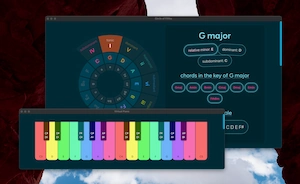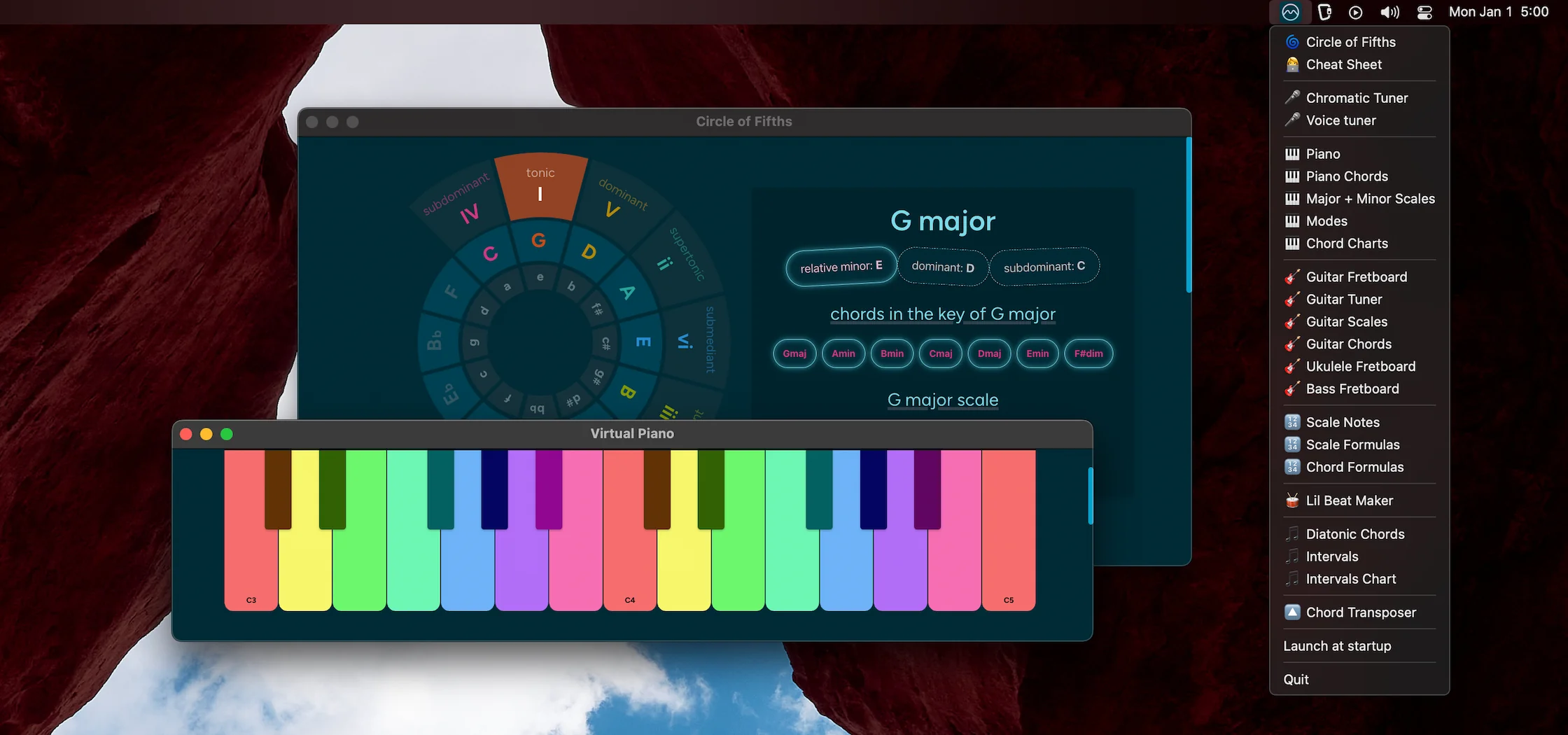Syncopation in Music: Interactive Breakdown
🥁 Syncopation in music refers to the deliberate disruption or alteration of
the expected rhythm by placing
emphasis on beats or parts of beats where normally there
would be none, or by removing emphasis from where it typically would be
expected.
🕺 This creates a rhythm that feels off-beat or gives the music an
unexpected bounce , leading to a more dynamic and often more
engaging piece.
In most Western music there's an underlying regular beat pattern where certain
beats are naturally accented, like the first beat of a measure in
4/4 time. Syncopation occurs when notes are
accented off these expected beats, such as on the second or fourth beat, or on
the "and" of a beat in between the main beats (e.g.
1 and 2 and 3 and 4 and).
✨ Below you'll find an interactive example where I take a basic unsyncopated
drum pattern and modify it step by step to get a progressively more syncopated
version. Breaking it down like that should help you hear the effect of the
syncopation.
You'll see mentions like the "and" of 3 or the
"e" of 2, which refers to the rhythm
subdivision in 16th notes:
1 e & a 2 e & a 3 e & a 4 e & a
Basic Unsyncopated Rhythm
This pattern is straightforward and follows a regular beat without any off-beat notes. The kick hits on every beat, the snare on the 2nd and 4th beats, and the hi-hat plays steady sixteenth notes.
Syncopated Kick
Here we have our expected kicks on the 1 and 3, but syncopate by having kicks on the "and" of 2 and 4 instead of on the beat. The feel of the rhythm is already completely different with just moving 2 kicks off-beat.
Alternate syncopated kick
This time we have a kick on the "e" of 2, one on the "a" of 3 and added an extra kick on the "and" of 4. In both of these syncopated kick examples we're keeping the downbeat strong on 1 and 3.
Syncopated snare drum
Instead of a standard backbeat placement we now have snare hits on the "and" of 1, a second snare hit on the "e" of 3 and finally we keep our snare hit on the 4.
Syncopated hi-hats
Here the syncopation in the hi-hat pattern is primarily through variations in velocity to place accents in the off beats, which can subtly shift the feel of the rhythm and add a syncopated character to it.
Syncopation vs Swing
With syncopation beats are accented in unexpected places, giving music a jumpy/offbeat feel. It emphasizes notes on weak beats, making the rhythm feel more complex and engaging.
Swing, on the other hand, is about how the beats are subdivided and played. In swing rhythm, the time between beats is divided unevenly, usually into a long-short pattern. Instead of dividing each beat into two equal parts (as in straight time), swing divides them into a long beat followed by a short beat, creating a "swung" feel.
In essence, syncopation adds surprise to the rhythm, while swing adds groove.
More about rhythm and drum patterns
🥁 Also check out Lil Beat Maker and this collection of drum patterns for more around rhythm.



